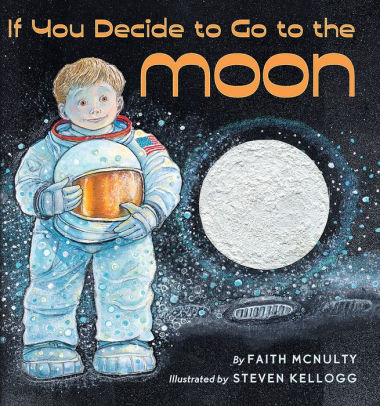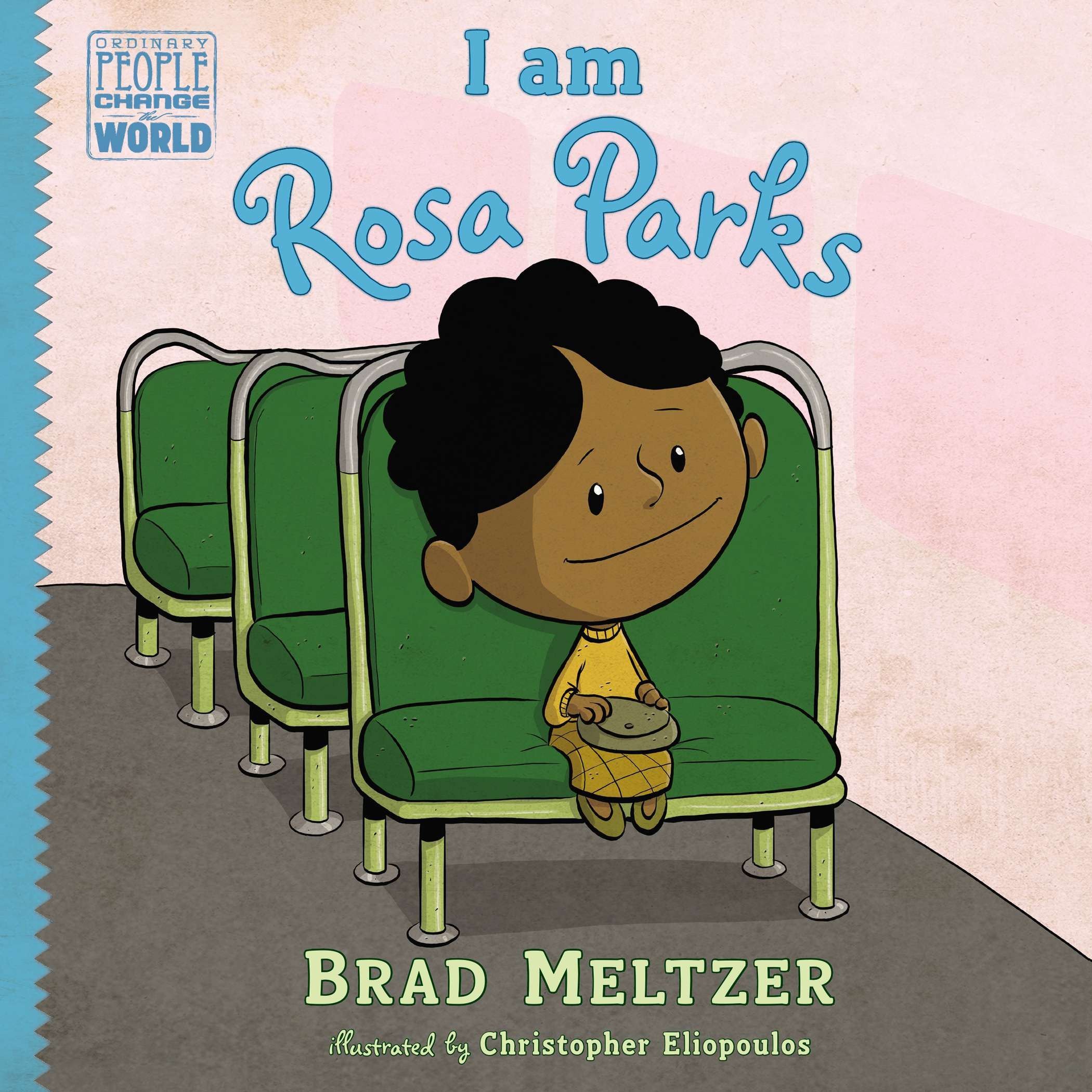
Summary: The Good Egg by Jory John and Pete Oswald
considered a children’s fiction Picture Book story for grades kindergarten-
second. The Good Egg is about the one good egg in the carton, while the other
11 eggs in his carton aren’t so good. The Good Egg is the only one keeping his
friends in line when they misbehave. One day, he's finally had enough and sets
out on an adventure of self-discovery. He roams the land, grows a beard, finds
ritual and relaxation, and learns enough about himself -- and others -- to
finally find happiness and acceptance.
Art Style: Almost every page is wrapped in
color and humor, making it appealing and relatable for young kids. Every page
is fun and playful, and the overall message is a valuable one for readers of
any age.
Personal Thoughts: Personally, I love how this funny
adventure is full of great messages about the importance of balance, self-care,
and acceptance of self and others. The stress that the Good Egg experiences
because of others' behavior and things he has no control over, and the methods
he learns to use to heal and prioritize his own well-being I believe will help
children as well. HE learned about courage, contemplation, leisure, meditation,
etc. all great things that children should learn about.
Discussion Questions:
Why does the Good Egg get so stressed out when the other
eggs misbehave?
Do you get bothered by the activity and energy of those
around you?
What helps you keep calm and not get upset?
Motivational Activities:
One activity to help students understand that they aren’t
in control of or responsible for others’ behaviors, I would talk about what’s
in and out of their control. I would have them trace their hands and then have
them write the things that are in their control inside the hand and things that
are not in their control outside the hand.
Another activity that I would have planned out is to help
students with self-care. I would do a self-assessment first. I would have the
students think about what they are currently struggling with and how they are
dealing with it. Then have them look at their strategies and see if they are
healthy or less healthy ways of managing pressures. I will have students choose
1-2 strategies from the healthy list to practice throughout the week. I will
also remind students that not all self-care activities work for each person and
it takes practice to find self-care activities that work for them!
If you enjoyed this book, check out some other books
written by Jory John and/or Pete Oswald!
Some Examples:
The Terrible Two
The Bad Seed
Goodnight Already!
Resources:
John, J., & Oswald, P. (2019). The good egg. New York: HarperCollins Childrens Books.








